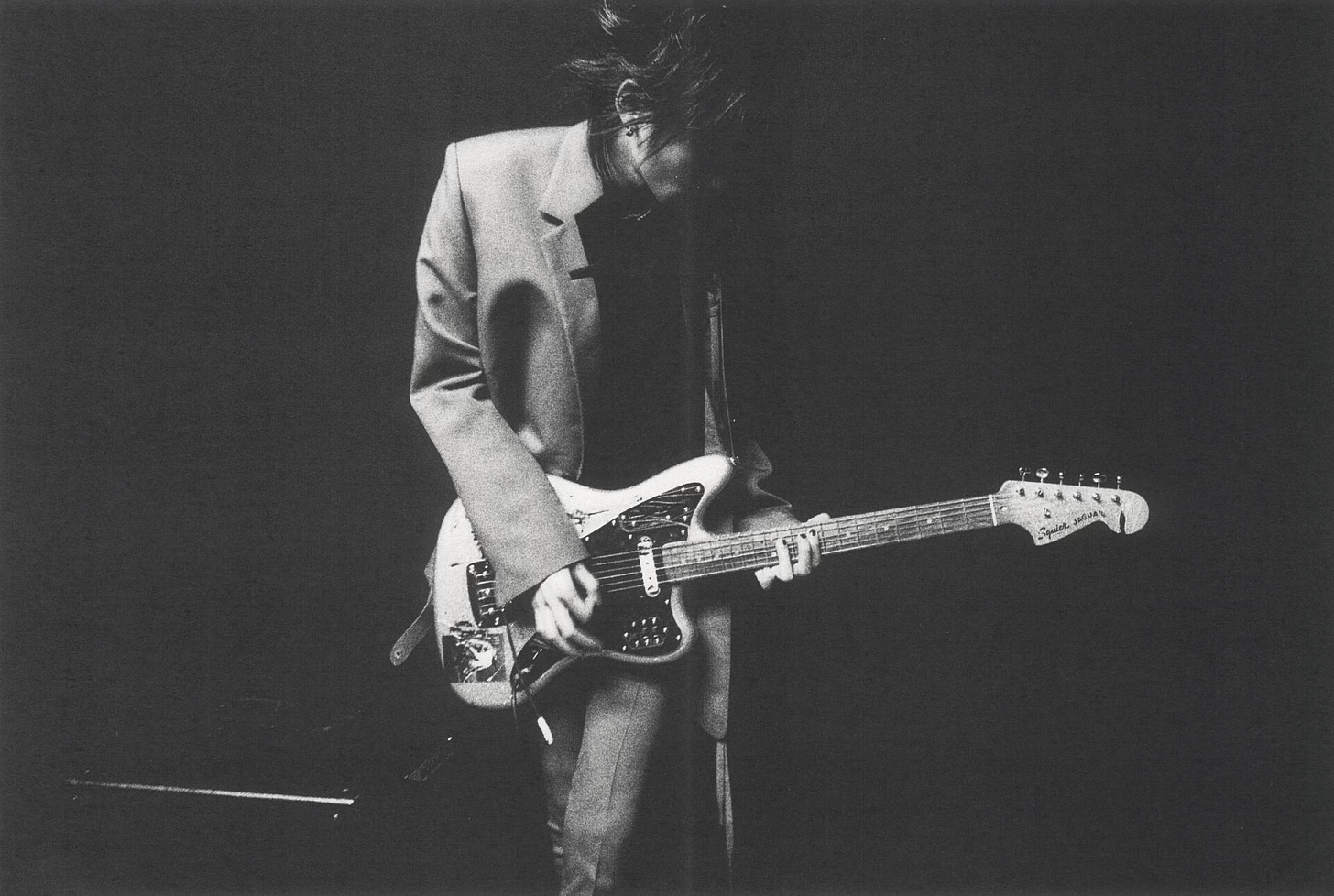Where did communities go? Lessons from Stefano Gallici's take on Ann Demeulemeester
We crave belonging. Fashion and communities have always walked together until short-lived aesthetics took over and disconnected clothing from being part of something bigger.
In the 1920s, Flappers would wear straight, sleeveless, loose and low-cut dresses. During the 1960s, tie-dyes, fringes and round sunglasses were a must-have for Hippies. Combat boots became a staple for Punks and Goths. We could always look back to a specific time and think of different groups and how they expressed themselves through fashion. An aesthetic used to be the result of a group with a shared identity.
Now, we use aesthetics as a form of creating a persona. Think of balletcore: you're not a ballerina, but maybe, in a different life, you could have been one. So you dress up attempting to feel closer to this persona and almost feel you're part of something. Maybe corpcore: an attempt to turn your 9-5 job into a lifestyle - or even if you don’t work 9-5, why not look like you do?
Whatever the reason is, it’s okay. It’s no one’s fault but the industry’s.
It’s normal to long for belonging. It’s part of our nature to represent the world that we live in through visual elements. Whether through paintings, music, photography and, of course, fashion. Stefano Gallici is here to remind us that these visual elements coexist. As a teacher once told me, fashion does not exist in a vacuum. It is affected by politics, society, economics, culture and art. And this is what makes fashion interesting: by seeking inspiration from different sources and like-minded individuals, we become part of a community. And we’re inspired by it.
Stefano Gallici was named Creative Director of Ann Demeulemeester in June last year. I remember that I immediately looked up his Instagram profile and could tell that besides fashion, he was keen on different art forms and everyday beauties of his life. Ann and Stefano share a passion for music, photography and creative individuals. In that sense, his unique vision rescues something that has always been part of the brand DNA: a sense of community.
A garment is the surface level. A person is way more than just what they’re wearing. Stefano Gallici is aware of that. So far, his first two collections for the brand are a collective of art forms that give us a glimpse of his universe and what it is like to be part of it. It is also a reminder that fashion thrives on collaboration and support.
The first collection had its soundtrack released in a limited edition vinyl record. For his second collection, Stefano went further: the show opened with Neuf Voix controlling an audio system and setting up the mood for the show with an exclusive score. After the show, the brand began a series of posts on Instagram of analogue photos of the models - taken by Stefano himself - which some, as far as I’m aware of, are his friends.
The brand has also collaborated with the band Måneskin on their music video for the single Valentine.
Recently, scans of a curated zine with lyrics and pictures have been posted, demonstrating how far an idealisation of a collection can go.
(I need this so bad.)
The designer has also started a new project called KIDS: a project for the house outside of collections. A visual diary shot by the designer with the goal of “gathering a tribe, a gang of like-minded peers around the brand and give them a playground and a sense of belonging.” He also shared his vision for the brand: “Ann nowadays addresses makers: any maker regardless of age, shape, gender”.
As someone inspired by people doing the things they love, I couldn’t be happier. It’s a breath of fresh air amongst countless fleeting aesthetics that feels more aspirational rather than identifying. Our art form should not limit us to exploring different mediums. Not only that, our craft can inspire us to connect to others and remember that there is no such thing as doing something alone. We are moved by things created by people.
Thank you for taking the time to read this piece. I’d love to hear your thoughts on fashion and community. See you soon!
Sources and special thanks to:
Has The Internet Killed Subcultures? by Yomi Adegoke
Flapper: United States history by Amy McKenna
let's talk about the rise of ‘-core’ and ‘girl’ aesthetics, by Mina Le
Catarina Sá




